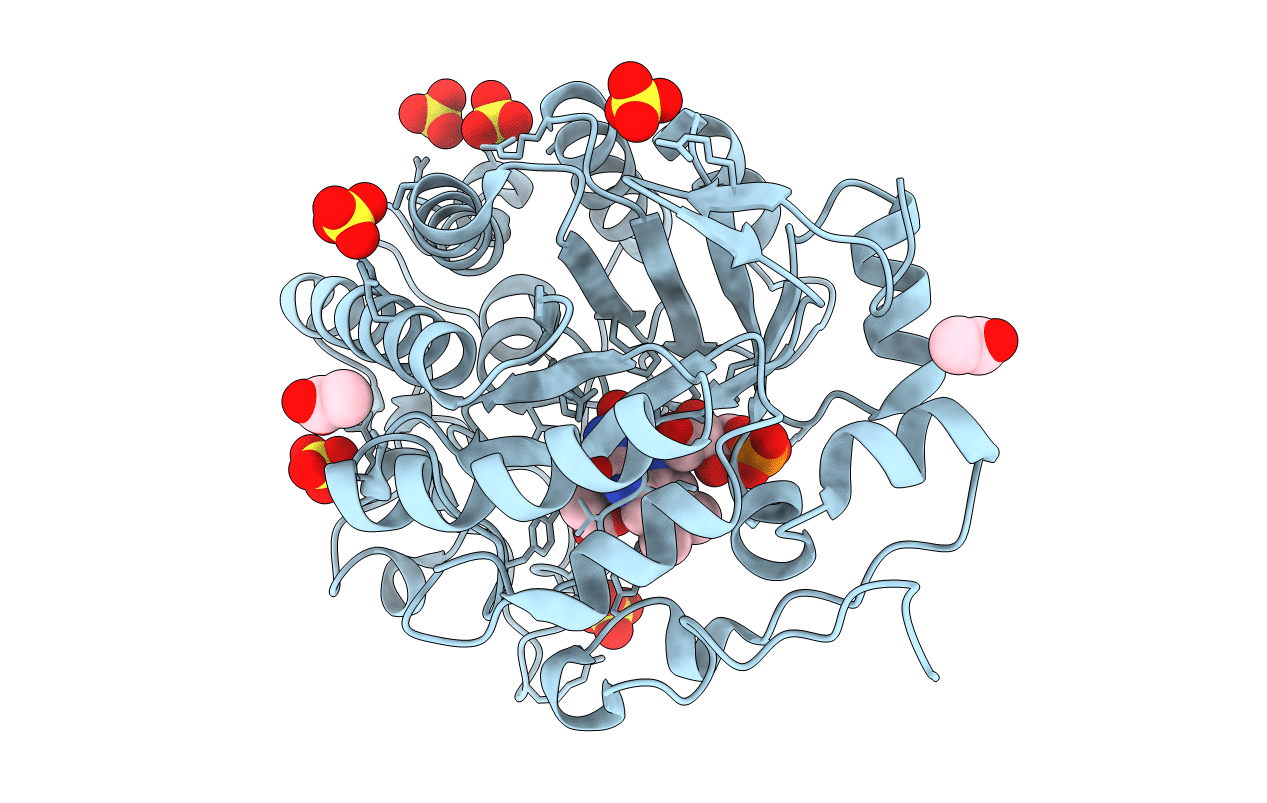
Deposition Date
2022-01-20
Release Date
2022-08-24
Last Version Date
2023-10-18
Entry Detail
Biological Source:
Source Organism:
Caulobacter segnis (Taxon ID: 88688)
Host Organism:
Method Details:
Experimental Method:
Resolution:
1.79 Å
R-Value Free:
0.18
R-Value Work:
0.15
Space Group:
C 2 2 21


